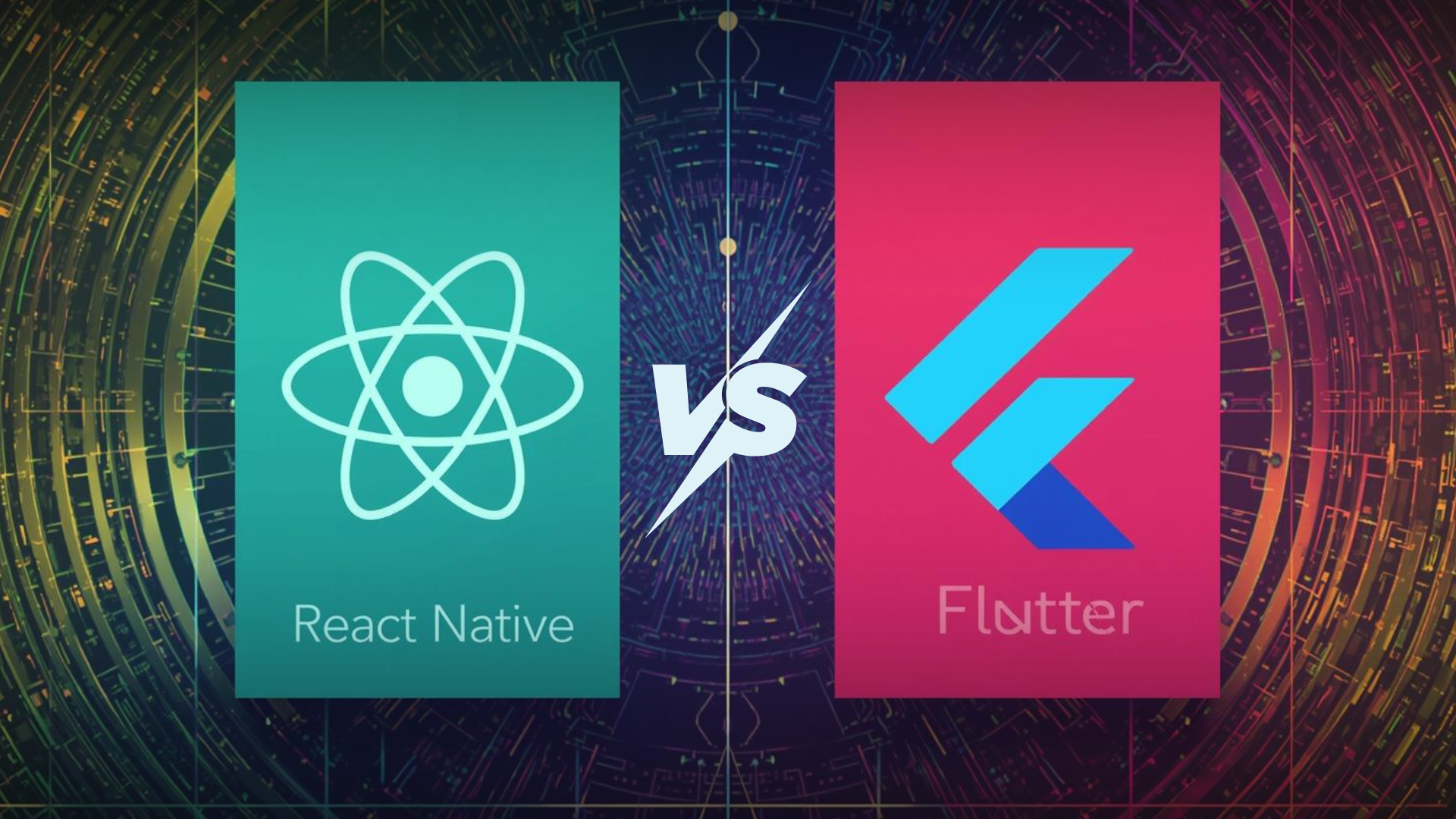
12
React Native vs Flutter in 2025: Performance, Plugins, and Real Costs
- Choosing between frameworks isn't philosophy - it’s risk management. This guide to react native vs flutter in 2025 compares real performance (cold start targets, frame stability), plugin depth, native escape hatches, maintainability, and TCO. See when identical UI favors Flutter, when vendor SDKs favor React Native, and how to decide using a 3-minute flow. Plus: a sprint-ready checklist to ship faster on real Indian devices and networks
React Native vs Flutter
- You've planned a regular, on-time software release, and the next one is on Monday. On Friday night, a harmless‑looking animation starts janking on mid‑range Android. QA flags it. Design loves it. Finance wants to know if the fix pushes the campaign. And you're the one everyone pings with: 'Quick - what stack decision put us here?' In moments like this, you don't compare frameworks in abstract; you compare consequences. That's why this guide treats react native vs flutter 2025 as a series of business choices you can defend, not just tech preferences you can debate. Think of it like picking a batting order before a World Cup chase - pace, form, and field conditions matter more than jersey color.
- Two bridging thoughts before we dive in. First, your app is not a bundle of screens; it's a system that must be fast, stable, and measurable in the wild - on patchy 4G, older devices, and with a thumb trying to check out in traffic. Second, outcomes > opinions. We'll focus on performance budgets, plugin depth, native escape hatches, maintainability, and total cost of ownership. At the end, you'll have a flowchart in words you can run in three minutes.
What Actually Changed by 2025 (So Your Past Research Isn't Lying to You)
- If you read comparisons in 2022 and 2023, you probably left with "Flutter feels smoother; React Native feels more native." Useful, but vague. In 2025, both ecosystems matured where it counts: rendering pipelines, bridge overhead, build tooling, and DevOps. For teams evaluating react native vs flutter 2025, this translates into fewer hard blockers and more trade‑offs you can price.
- Flutter's modern rendering path reduces shader hitches and makes complex, custom UIs feel consistent across platforms. That's a win for brand‑led apps and motion‑heavy experiences. Meanwhile, React Native's modern architecture narrows the historical gap on responsiveness by minimizing expensive crossings between JavaScript and native. Translation: more of your time goes to product, less to plumbing.
- What didn't change? Users still punish jank. App size still matters on entry‑level devices. And operational maturity - feature flags, crash‑free sessions, CI/CD - still beats framework hype every single quarter. So when we say react native vs flutter 2025 , read it as: which stack reduces your risks for this roadmap, with these teams, in this budget.
Performance in the Wild: Numbers You Can Put in a Sprint Goal
- Let's talk about budgets you can paste into a ticket. For cold start on mid‑range Android, aim for under two seconds to the first interactive screen for your most common path (not the simplest screen in your app - the actual first experience users see). For motion, define a 60 fps target for critical transitions and instrument it. Performance isn't a vibe; it's a gate.
- Practically, Flutter's single rendering layer gives you predictability for bespoke motion and pixel‑perfect layouts. That's why design systems that lean heavily on custom components often feel easier to keep smooth. React Native, in 2025, counters with predictable responsiveness for native platform controls and faster iteration when your UI leans into platform idioms. If you care about platform‑specific feel - Android looking like Android, iOS like iOS - RN often gets there with less code. And yes, on the same device class, thoughtful engineering keeps both stacks green.
- A reality check: most performance regressions ship through assets and over‑eager plugins, not the framework core. So when your team asks whether react native vs flutter is 'faster,' ask back: do we have image and font budgets? Do we preload what matters? Did we choose a navigation pattern that avoids unnecessary rebuilds? Tool choice gives you a ceiling; discipline decides where you actually fly.
Plugins and Ecosystems: The Difference Between a Week and a Weekend
- Speed to integration is the unglamorous superpower. If your product leans on payments, maps, analytics, media, or device sensors, your calendar depends on mature plugins and a community that maintains them. Here's the part you'll feel: on many common tasks - payments, auth, crash reporting - both ecosystems are deep enough that picking the right plugin matters more than picking the stack.
- Flutter's package ecosystem shines when you want tightly integrated UI + logic components that feel uniform across platforms. It's productive when you need to ship the same experience with minimal platform branching. React Native's strength is breadth - there's often more than one credible plugin for a category, plus the option to lean directly on native SDKs where a vendor's support arrives first on iOS/Android. If your growth team moves fast with experiments, that variation can be an advantage.
- For your RFP or internal tech brief, frame it this way: list your top 10 integrations for the next two quarters - payments provider, maps, device features, analytics, attribution, messaging, offline storage, media, and any computer‑vision/ML hooks. Then ask, for react native vs flutter, which stack gives you proven, maintained packages for all 10 today, not soon. Minutes saved here turn into weeks spared later.
The Native Escape Hatch (Because You'll Need It)
- Every cross‑platform app eventually hits a feature that wants to go closer to the metal - new camera API, a payments flow with edge‑case callbacks, or a Bluetooth quirk on a specific device family. Your future self will be grateful for an escape hatch that feels routine, not terrifying.
- React Native's case: many teams already have native iOS/Android experience in‑house, making it natural to drop down for a module, expose it as a native component, and continue shipping. Vendor SDKs sometimes publish first‑class Android/iOS code before wrappers, which means RN teams can adopt early while maintaining one app codebase. Flutter's case: platform channels and federated plugins make the native bridge explicit, and if your team buys into Flutter fully, you'll be productive building that one tough plugin and then enjoy Flutter's consistency the rest of the time.
- The fair question for react native vs flutter 2025 isn't 'Which has better native access?' It's 'Which has better native access for the people we can actually hire?' Audit your bench honestly. If your city's talent pool tilts toward Android/iOS engineers, RN's escape hatches will feel like home. If your front‑end team loves Dart and the promise of a single rendering model, Flutter's channels won't slow you down.
Maintainability: When Year Two Costs More Than Year One
- New apps die from slow updates, not bad launch parties. Maintainability is the compound interest of engineering - small choices snowball. Two realities shape year two: the clarity of your components and the clarity of your monitoring. If nobody knows what breaks when you change a pricing component, your sprint burndown becomes fiction.
- Flutter encourages composition with widgets and clear state management patterns. It often results in tidy, portable UI pieces your designers can evolve without rewiring the app. React Native, with a giant JavaScript/TypeScript ecosystem, makes it easy to share logic with your web code and reuse tooling your engineers already live in (linters, test runners, package managers). If your org wants to hire one language across front‑end surfaces, RN is elbow‑room friendly.
- For react native vs flutter, think in maintainability budgets: component boundaries, storybook‑style libraries, test coverage for business logic, and logs you can read without summoning the one senior who 'knows the whole thing.' Frameworks don't give you discipline, but they can make discipline delightful.
Real Costs: TCO, Not Just the Invoice
- Procurement asks, "How much for the build?" Finance asks, "How much to keep it fast, safe, and fresh over 24 months?" That second question is the real one. Total cost of ownership includes developer hiring, plugin maintenance, release management, crash triage, performance work, accessibility fixes, and the opportunity cost of features shipped - or delayed.
- Flutter can reduce design‑to‑dev mismatch costs when you want a custom, unified look across platforms. You'll spend less on re‑implementing the same component twice. React Native can reduce organizational friction costs when your web and app teams share TypeScript, conventions, and CI bits. You'll spend less on context‑switching and duplicated logic.
- Model it. If 70% of your roadmap involves common UI across iOS and Android, plus heavy motion, Flutter's predictability often wins. If your roadmap leans on platform‑specific features, vendor SDKs, or web parity, RN's ecosystem leverage adds up. When leadership asks why react native vs flutter affects budget, show a TCO table - build, maintain, speed work, test devices, people. Numbers calm rooms.
A Conversation You’ll Probably Have (Scripted So You Can Steal It)
- PM: Is Flutter actually faster?
- Tech Lead: For brand‑heavy motion and identical UI across platforms, often yes in developer time and runtime smoothness. But if we need a vendor’s native SDK next quarter, RN lets us ship the wrapper earlier.
- PM: Which one helps us hit the Q2 revenue goal?
- Tech Lead: The one that keeps our cold start under two seconds, our crash‑free sessions above 99.5%, and our release train weekly. Either stack can do it. The question is where our hiring pipeline and integrations tilt.
- PM: So what’s the call?
- Tech Lead: For this roadmap, I recommend RN because of two native SDKs and web parity. If design pivots to a custom motion‑first brand later, we revisit Flutter for the next surface.
- This is how react native vs flutter stops being philosophy and becomes a product.
Real‑World Scenarios
- Scenario A: Content + Commerce Hybrid
- You’re building a content‑first experience with checkout inside the app. Lots of lists, some video, heavy search, and wishlists. The win: predictable, fast scrolling, sensible caching, and analytics you can trust. Either stack can nail it. If the design debt is modest and you want native platform feel (Material on Android, UIKit vibes on iOS), RN plus strong TypeScript discipline feels natural. If design wants a fully bespoke look, Flutter keeps it consistent and silky.
- Scenario B: Motion‑Forward Brand App
- You’re launching a new consumer brand where motion is message - micro‑interactions, bespoke transitions, animated product cards. Flutter’s rendering model offers you a straight line from Figma to phone. The caution: keep asset budgets tight and test on entry‑level phones, because luxury animations still pay rent in milliseconds.
- Scenario C: Device‑Heavy Utility
- Your value sits in sensors, Bluetooth, background services, and platform‑specific APIs. React Native’s comfort with early native SDK adoption can shave weeks off integrations. The caution: agree on escape‑hatch etiquette - document your native modules and guard them with tests so a single engineer doesn’t become a bottleneck.
- Each scenario can work both ways. The choice is which risk you’d rather own - and how you’ll mitigate it. That’s the heartbeat of react native vs flutter.
A Table You Can Drop Into Your Deck
Dimension When RN Can Win When Flutter Can Win UI Consistency Platform‑idiomatic UI, faster parity with web One design system across platforms with rich motion Plugins/SDKs Early access to native vendor SDKs, multiple choices Cohesive packages, strong cross‑platform UI components Native Modules Familiar to Android/iOS hires, quick wrappers Clear channels/federated plugins, consistent post‑escape UX Performance Work Platform feel with guardrails, web‑shared logic Smooth custom rendering and animation reliability Team Hiring Web+app TS mono‑culture, easier ramp Dart‑first teams focused on app craft, tidy composition TCO Leverages web stack, reduces duplicated logic Reduces UI re‑implementation, consistent design fidelity
Decision Flow
- Step 1 - List the top five non‑negotiables for the next 6 months: offline search, payments provider, maps, camera, push.
- Step 2 - Score each stack 0–2 on plugin maturity for those items today.
- Step 3 - Score your hiring pipeline 0-2 for each stack: can you staff senior and backup?
- Step 4 - Set performance budgets (cold start under two seconds, 60 fps on two critical transitions) and ask which stack keeps you closest to green with the smallest team.
- Step 5 - Factor TCO: release train cadence, crash‑free goals, experiment velocity.
- Add the totals. If it’s close, prefer the stack that matches your team’s existing muscle memory. Framework hype fades in a month; habits last all year. This is the grown‑up way to decide react native vs flutter in 2025.
Implementation Checklist
- Define performance budgets by screen type; gate merges if violated.
- Pick and pin plugin versions; write one page per critical integration.
- Establish an escape‑hatch pattern for native modules with tests and docs.
- Build a component library (RN: Storybook, Flutter: Widget catalog) with usage notes.
- Instrument analytics with human‑readable events; build a dashboard you’ll actually open.
- Schedule weekly release trains with feature flags and rollback scripts.
- Test on mid‑range Androids, older iPhones, and patchy networks—every sprint.
- Return to this list whenever a “cool” feature threatens your budgets. Cool is allowed. Breakage isn’t.
Where WebSeeder Fits (Light Touch, Heavy Outcomes)
- If you’re reading this on webseeder, you already know our bias: performance is design, and design is persuasion. Our job is to help you decide, then ship with guardrails - Core Web Vitals for web surfaces, crash‑free sessions for app surfaces, and dashboards that your CFO will understand. On projects where react native vs flutter is still open, we run a one‑week spike: build two critical flows in both stacks, test on the devices your users actually own, and pick the one that stays green with the smallest team.
- We then wire playbooks - image budgets, font strategy, plugin governance, native module etiquette - and build a sprint rhythm your marketers won’t fight. Whether you land on RN or Flutter, you’ll leave with a release train that doesn’t panic on Fridays and a backlog that turns seconds saved into revenue earned.
A Closing Thought
- Your users won’t ask what you chose. They’ll ask for a refund if the app stutters at checkout. They’ll uninstall if the splash screen lingers. They’ll recommend you if search feels instant and interactions feel kind. That’s the real endgame behind react native vs flutter in 2025 - not a framework trophy, but a business that respects the time and context of the people it serves.
- So choose with budgets, not buzzwords. Hire for habits, not hype. And measure what matters, every week. The rest is taste - and taste evolves. Outcomes, fortunately, compound.
Our Clients








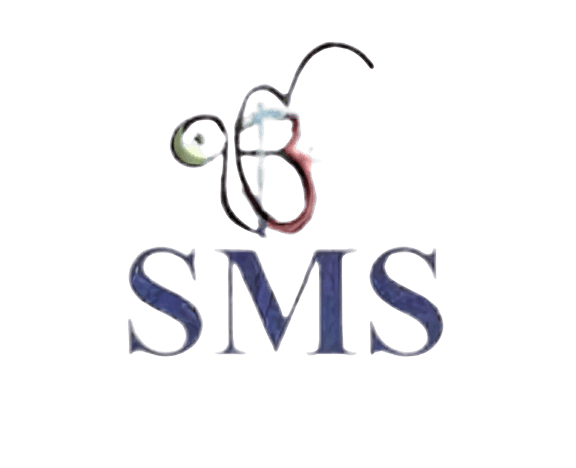


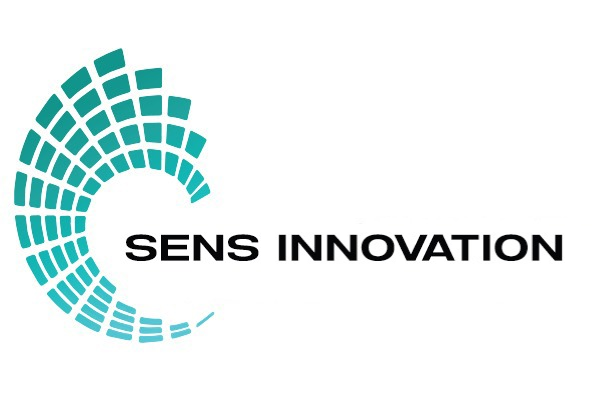
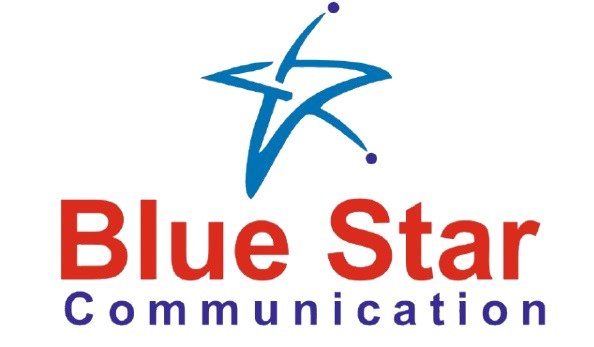

































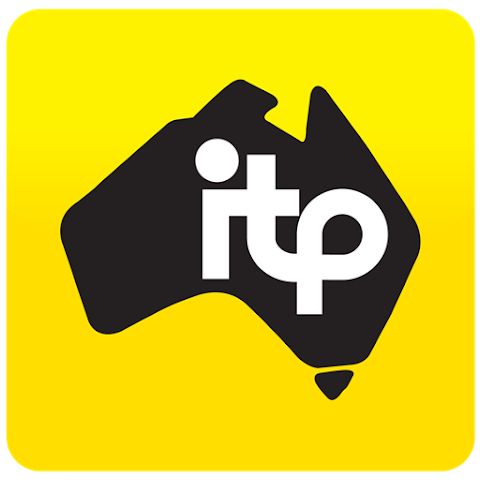






















































Together, let's create something great;
we hope to see you soon!
